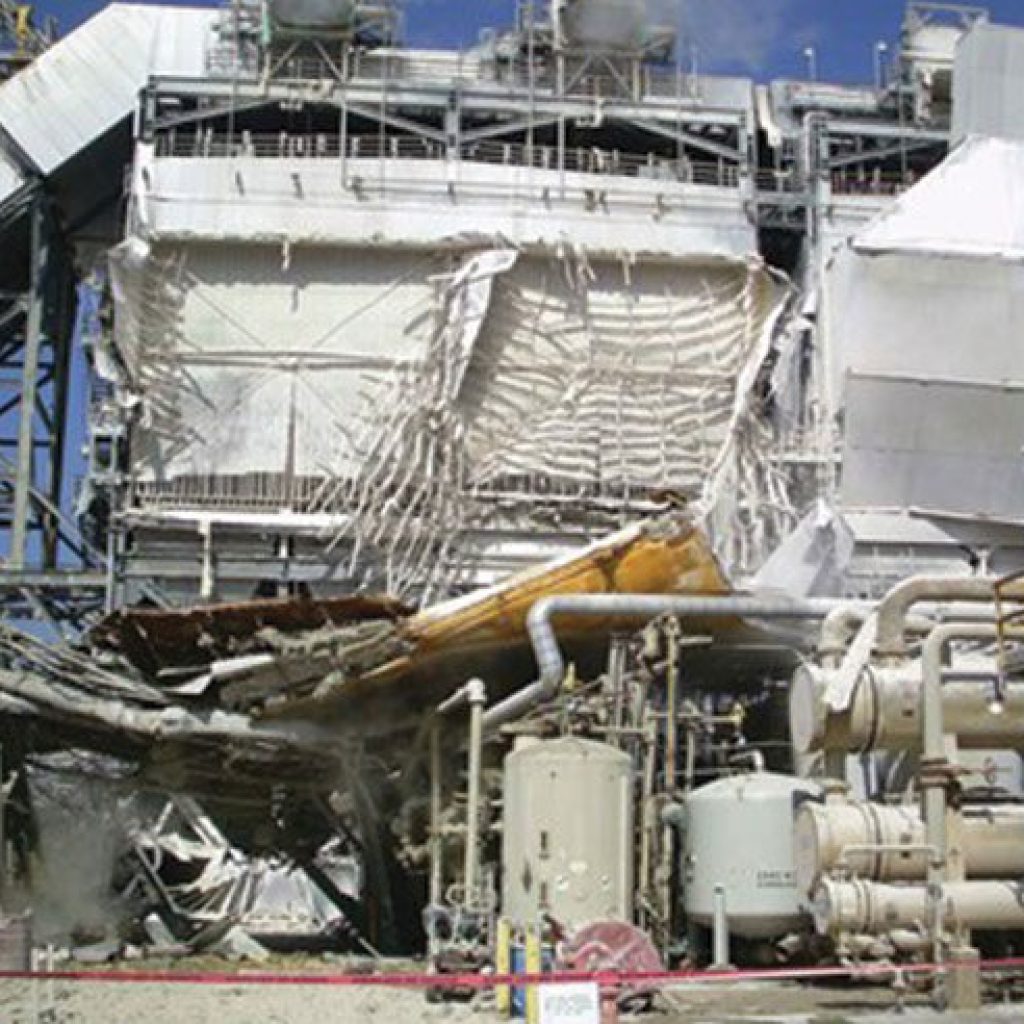Refinery explosions prompt CSB to ask EPA for updated study on hydrofluoric acid | 2019-05-15 | Safety+Health Magazine
Washington — The Chemical Safety Board is urging the Environmental Protection Agency to initiate a review and update a 1993 study on the toxic chemical hydrofluoric acid https://emergency.cdc.gov/agent/hydrofluoricacid/basics/facts.asp.
In a letter https://www.csb.gov/assets/1/6/letter_to_epa_4.23.2019.pdf sent to EPA Administrator Andrew Wheeler on April 23 – the one-year anniversary of an explosion and fire at a Husky Energy refinery in Superior, WI – CSB interim Executive Authority Kristen Kulinowski and CSB board members Manuel Ehrlich and Rick Engler call on EPA to reevaluate its regulations and risk management procedures concerning hydrofluoric acid – a substance also known as hydrogen fluoride that may exist as a colorless gas or fuming liquid and can dissolve in water.
Hydrofluoric acid can cause serious injury or death at a concentration of 30 parts per million, CSB states. Exposure to the substance may trigger lung disease, skin damage and visual impairment, among other adverse health conditions, according to the Centers for Disease Control and Prevention.
In the past four years, CSB has investigated separate petroleum refinery incidents in which explosions amplified the threat of a possible hydrofluoric acid release. During public hearings after both blasts – in February 2015 at a former Exxon Mobil Corp. refinery in Torrance, CA, and at the Superior refinery – “members of the surrounding communities indicated great concern about the adequacy of the risk management strategies for the use of HF and the effectiveness of community notification procedures in the event of a catastrophic release,” the letter states.
Kulinowski adds in an April 24 press release, “The EPA is the appropriate agency to assess the adequacy of risk management for the use of chemicals like HF. Refiners, their workforce and communities that surround the refineries need assurances that the risk plans are adequate to prevent a catastrophic release.”
In the letter, the group notes that Congress in 1990 directed EPA to identify any potential hazards hydrofluoric acid poses to public health and the environment. Although the agency’s follow-up report acknowledged the prevalence of facilities using hydrofluoric acid and the potential risks of exposure, EPA didn’t recommend additional legislation. The agency concluded that “the legislative authorities already in place provide a solid framework for the prevention of accidental chemical releases and preparedness in the event that they occur,” the letter states, citing the report.
CSB’s investigation of the Superior incident is listed as current https://www.csb.gov/investigations/current-investigations/?Type=1. In August, the agency released an update on the investigation https://www.safetyandhealthmagazine.com/articles/17355-csb-issues-investigation-update-animated-video-on-wisconsin-refinery-explosion-fire#comments-container as well as an animated video that examines the incident’s cause. Thirty-six people sought medical attention after the explosion, according to CSB.
CSB issued a final report https://www.safetyandhealthmagazine.com/articles/15618-csb-cites-lack-of-safety-management-in-final-report-on-california-refinery-explosion on the Torrance incident in May 2017, stating that a breakdown in safety management played a pivotal role. Four contractors were treated for injuries as a result of the explosion.
This content was originally published here.

